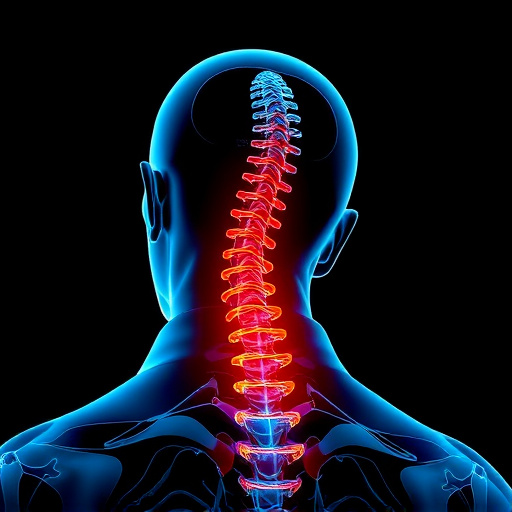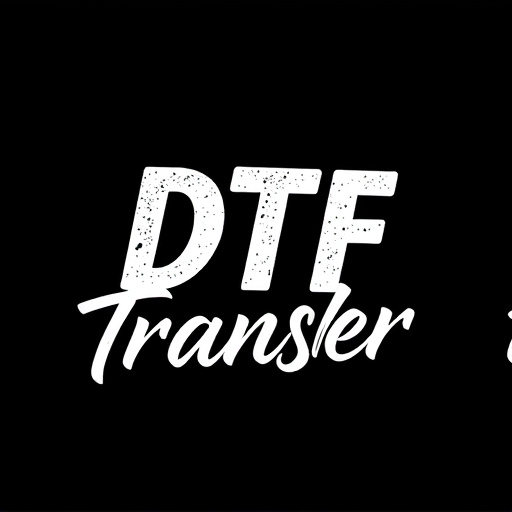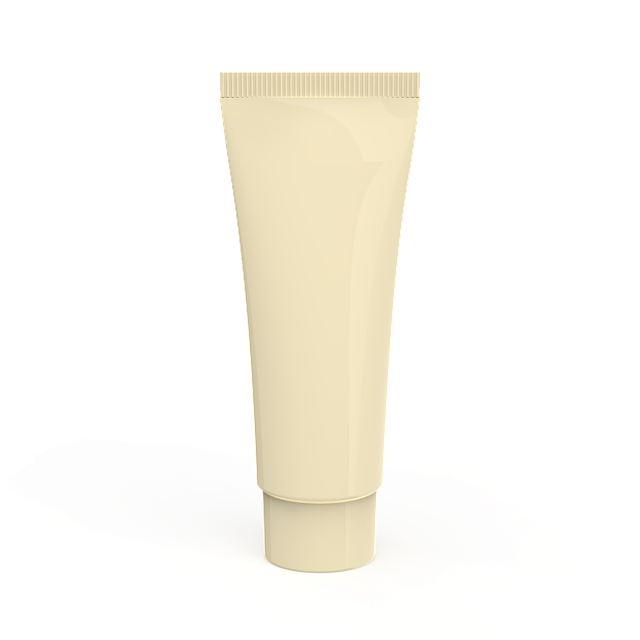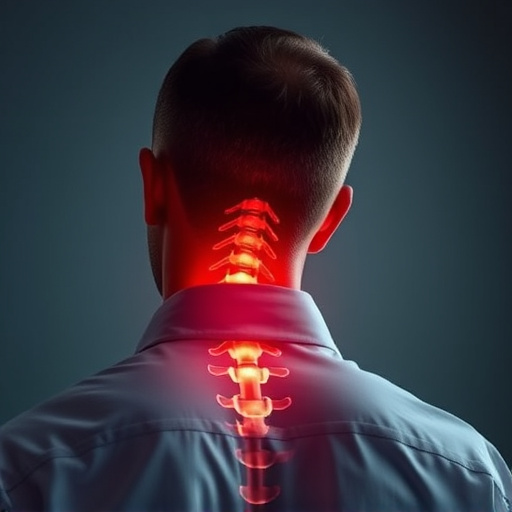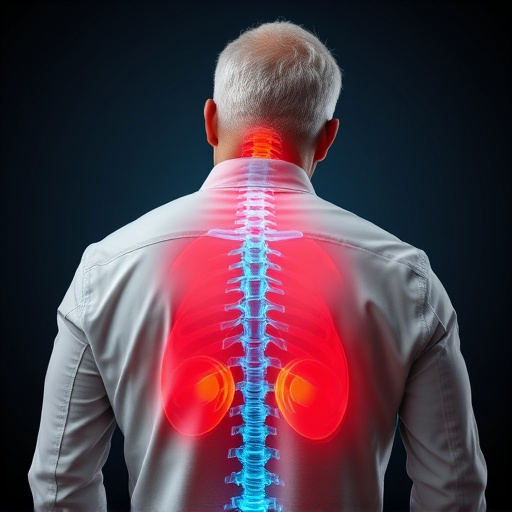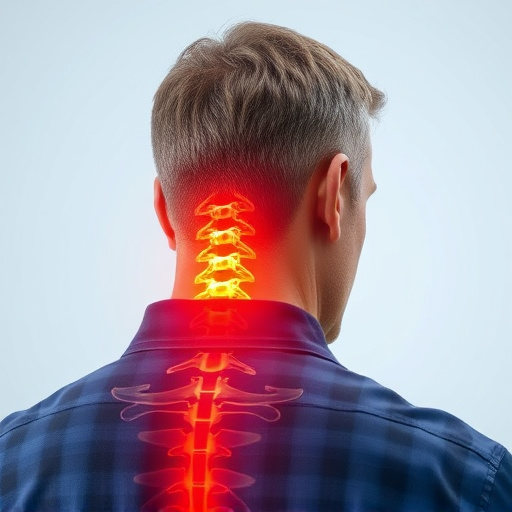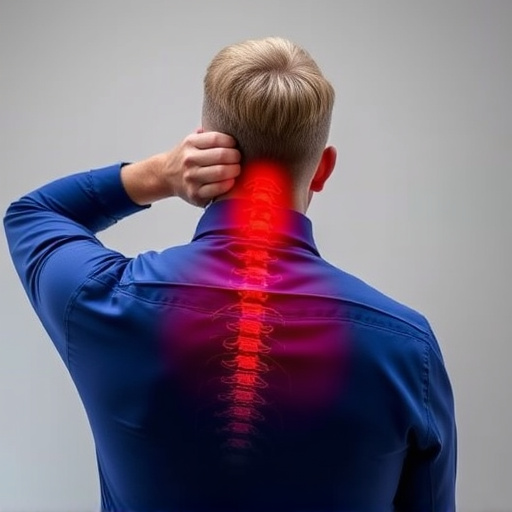Sudden neck and back injuries require immediate care for swift pain relief and prevention of long-term issues. Rest, heat/cold packs, over-the-counter pain relievers, and gentle stretching offer temporary solutions. For persistent or severe pain, professional help from chiropractors, physiotherapists, or orthopedic specialists is crucial to diagnose root causes and create personalized recovery plans. Preventing future injuries through regular stretching, good posture, and low-impact exercises promotes lasting neck and back pain relief and enables individuals to safely resume active lifestyles.
Sudden injuries, especially those affecting the neck and back, can be daunting. This article provides an in-depth guide to immediate care for such injuries, focusing on neck and back pain relief. We explore common causes, offering insights into preventing future incidents and promoting healing. From home remedies for short-term relief to professional medical assistance for persistent symptoms, this comprehensive resource equips you with the knowledge to navigate these challenges effectively.
- Understanding Sudden Injuries: Neck and Back Pain
- The Importance of Immediate Care
- Common Causes of Neck and Back Pain
- Short-Term Relief Techniques at Home
- Professional Medical Assistance for Persistent Symptoms
- Preventing Future Injuries and Promoting Healing
Understanding Sudden Injuries: Neck and Back Pain
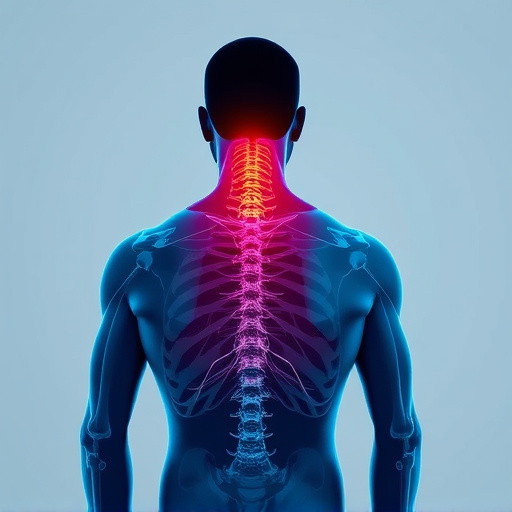
Sudden injuries, such as those affecting the neck and back, can be extremely painful and debilitating. Understanding these types of injuries is the first step in providing immediate care. Neck and back pain relief is a priority for anyone experiencing acute discomfort following an injury. It’s crucial to remain calm and assess the situation carefully.
While waiting for medical assistance, basic measures like resting and applying gentle heat or cold packs can offer some temporary neck and back pain relief. However, it’s essential not to move or attempt any vigorous stretching until a healthcare professional advises doing so, as incorrect handling could worsen the injury.
The Importance of Immediate Care
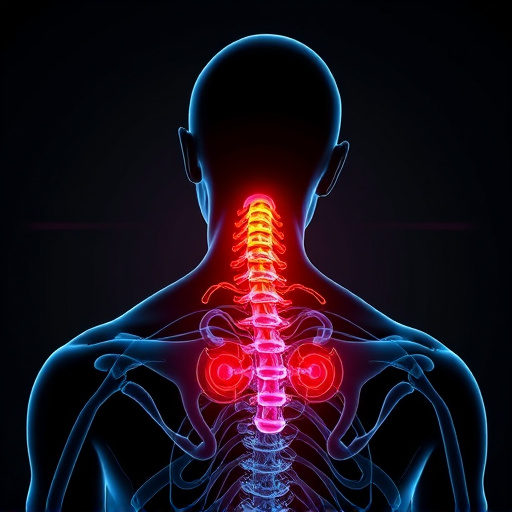
Immediate care for sudden injuries, such as those causing neck and back pain, is paramount to ensuring swift relief and preventing long-term complications. When an injury occurs, every minute counts in mitigating discomfort and facilitating healing. Prompt action can significantly impact the severity of subsequent pain and disability.
The first step in managing these injuries is to stabilize the affected area to avoid further damage. This might involve simple techniques like applying ice or using over-the-counter pain relievers for immediate neck and back pain relief. It’s crucial to remember that seeking professional medical advice as soon as possible is essential, especially if symptoms persist or worsen. Early intervention can lead to better outcomes and faster recovery, allowing individuals to return to their daily activities with reduced discomfort.
Common Causes of Neck and Back Pain
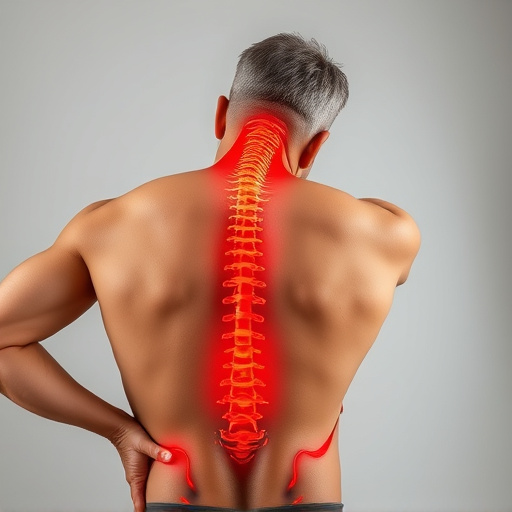
Neck and back pain is a common issue, affecting millions worldwide. Understanding the causes behind these aches and pains can empower individuals to seek appropriate neck and back pain relief. While many cases are due to everyday strain or minor injuries, certain conditions require immediate medical attention.
The most frequent culprits include muscular sprains or strains from sudden movements or improper lifting techniques, often experienced during sports or work-related activities. Another significant cause is degenerative disc disease, where the intervertebral discs that cushion the spine deteriorate over time, leading to pain and stiffness. Additionally, poor posture, obesity, and age-related changes in the spine can contribute to chronic neck and back discomfort.
Short-Term Relief Techniques at Home
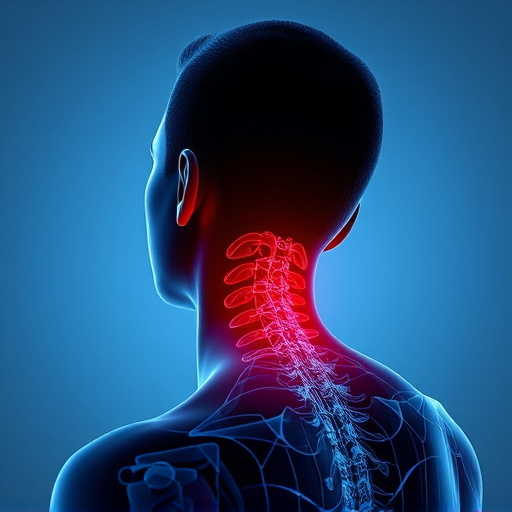
In the aftermath of a sudden injury, providing immediate care is paramount for managing pain and preventing further complications. For neck and back pain relief, short-term techniques can be effectively implemented at home to alleviate discomfort. One such method is applying ice or cold packs to the affected area. Cold therapy helps reduce inflammation and numbs the pain, offering a temporary yet crucial respite. It’s recommended to use ice for 15-20 minutes at a time, several times a day, but always wrap the ice pack in a thin towel to prevent skin irritation.
Another home remedy for neck and back pain relief is practicing gentle stretching exercises. Simple movements like twisting your torso or bending your neck slowly (while remaining within comfortable limits) can help loosen stiff muscles and improve mobility. However, it’s crucial not to push yourself too hard; listen to your body and stop if any movement causes sharp or persistent pain. Over-the-counter pain medications, such as acetaminophen or nonsteroidal anti-inflammatory drugs (NSAIDs), can also provide short-term relief from acute pain, helping individuals manage their symptoms while seeking professional medical attention.
Professional Medical Assistance for Persistent Symptoms
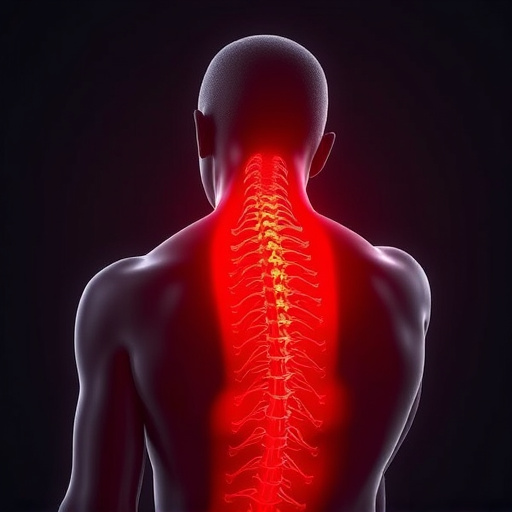
If sudden injuries, such as neck or back strain, persist despite immediate care, it’s crucial to seek professional medical assistance. Chronic pain or unusual symptoms may indicate a more serious underlying condition that requires specialized attention. Chiropractors, physiotherapists, and orthopedic specialists are trained to provide targeted treatment for neck and back pain relief, utilizing techniques like manual therapy, exercise prescription, and advanced modalities.
Timely intervention from healthcare professionals can significantly improve outcomes and prevent long-term complications. They will conduct thorough assessments, diagnose the root cause, and develop personalized recovery plans tailored to individual needs. This may include a combination of treatments aimed at reducing inflammation, restoring mobility, and promoting tissue healing for effective neck and back pain relief.
Preventing Future Injuries and Promoting Healing
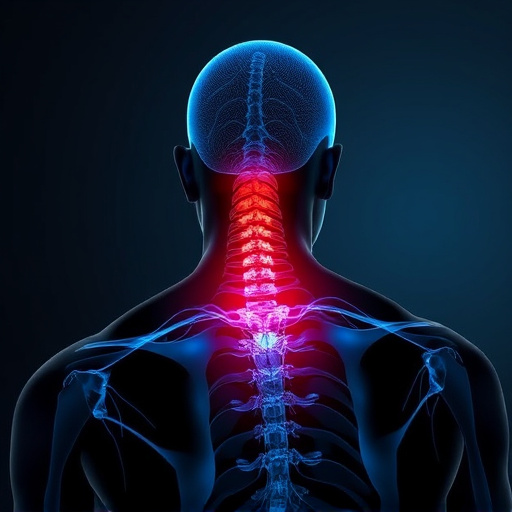
Preventing future injuries is a crucial step in promoting healing and managing sudden injuries, especially for those experiencing neck and back pain. Simple yet effective measures can significantly reduce the risk of further harm and accelerate recovery. Regular stretching exercises tailored to strengthen core muscles supporting the spine can be a game-changer in preventing neck and back injuries. Maintaining good posture while sitting or standing is another essential practice; aligning your head, shoulders, and hips correctly reduces strain on the upper back and neck.
Additionally, incorporating low-impact activities like swimming or yoga into your routine can enhance flexibility and strengthen muscles without putting excessive pressure on joints. These proactive steps not only provide immediate relief from pain but also create a solid foundation for long-term well-being, ensuring that individuals can return to their active lifestyles safely and effectively.




